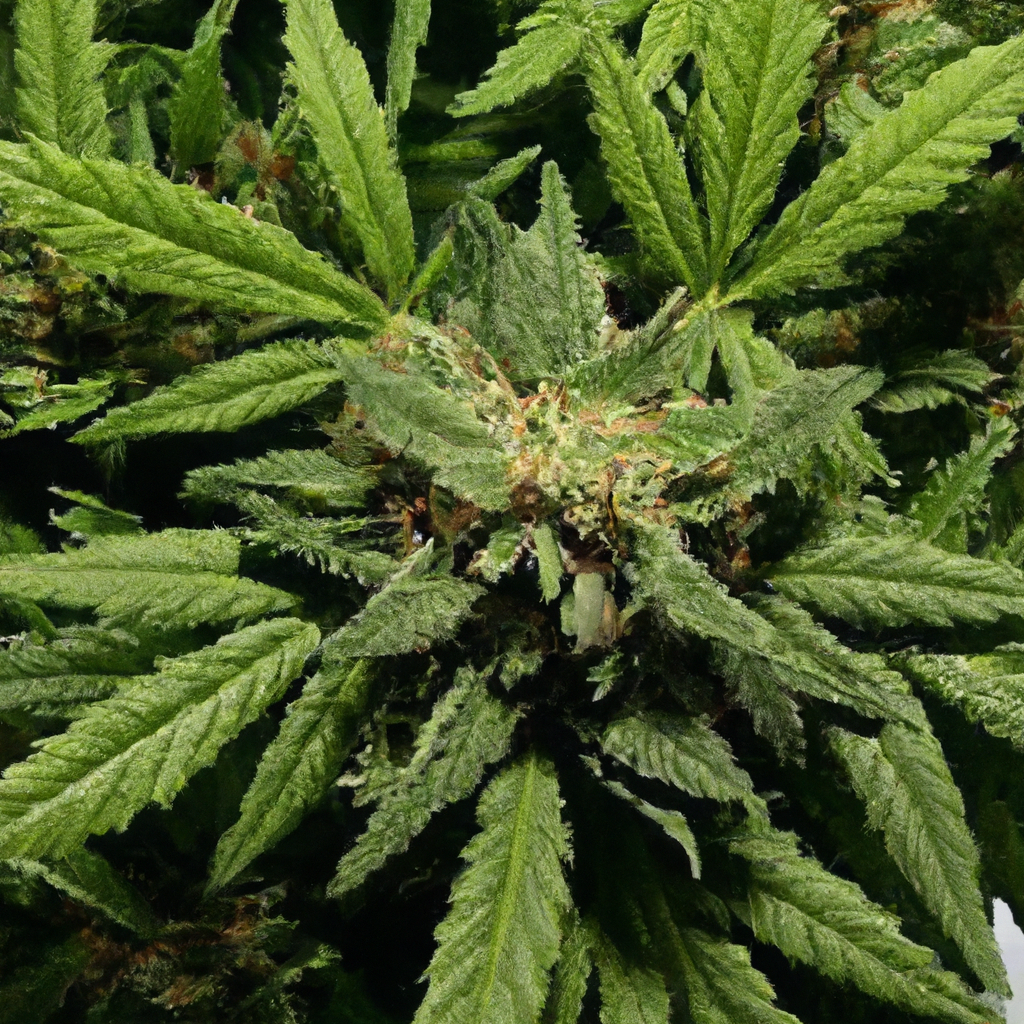Your cart is currently empty!
The world of cannabis cultivation is as much about timing as it is about technique. Understanding the interplay between cannabis growth and seasonal changes can lead to a successful and productive harvest. In this article, we’ll illustrate how seasonal shifts affect cannabis plants and provide insights into strategic approaches that growers can adopt to optimize yield and quality.
Understanding Seasonal Shifts
Seasonal shifts refer to the natural changes in climate and daylight hours throughout the year. These shifts can significantly influence the growth cycle of cannabis plants, affecting everything from germination to harvest.
- Temperature Fluctuations: Variations in temperature can impact the metabolic processes of cannabis, affecting growth rates and flowering times.
- Daylight Changes: Long summer days encourage vegetative growth, while shorter fall days trigger flowering.
- Humidity Levels: Humidity affects transpiration and can lead to issues like mold if not properly managed.
Seasonal Strategies for Cannabis Cultivation
Effective strategies align the growth phases of cannabis with seasonal patterns, allowing cultivators to make the most of nature’s rhythms.
1. Planning Around Photoperiods
Cannabis plants are photoperiod sensitive, meaning their flowering stages are triggered by changes in light cycles. Understanding and utilizing these natural cycles allows growers to fine-tune planting times for optimum results.
2. Utilizing Temperature Control
For outdoor growers, selecting strains that thrive in specific seasonal temperatures is crucial. For indoor growers, utilizing HVAC systems can help simulate desired temperatures year-round.
3. Managing Humidity
Monitoring and adjusting humidity levels indoors can prevent mold growth and promote optimal plant health. Knowing seasonal humidity trends helps in planning irrigation and ventilation techniques.
Case Study: Successful Seasonal Growing
Let’s consider a real-world example of how an outdoor cultivator in the Pacific Northwest aligns their growth operations with seasonal changes:
- Spring: Plant seeds in early spring, when the soil begins to warm, ensuring a strong start.
- Summer: Depend on long daylight hours to support vegetative growth, augmenting with natural fertilizers to fortify plant development.
- Fall: As days shorten, prepare for the flowering stage, taking measures to protect against heavy autumn rains that could damage mature plants.
Conclusion
The interaction between cannabis cultivation and seasonal shifts is a delicate balance that, when managed effectively, can lead to robust plant health and increased production. Whether you’re leveraging natural light cycles or controlling climate conditions indoors, understanding these seasonal impacts is vital for any cannabis cultivator.
By considering temperature, light, and humidity, growers can create optimal environments that align with the plant’s natural rhythms, leading to healthier plants and a more bountiful harvest.
Tags: SeasonalShifts, CannabisCultivation, NutrientManagement, HumidityManagement, GrowingTips
Discover more from Magic Clones
Subscribe to get the latest posts sent to your email.


Leave a Reply